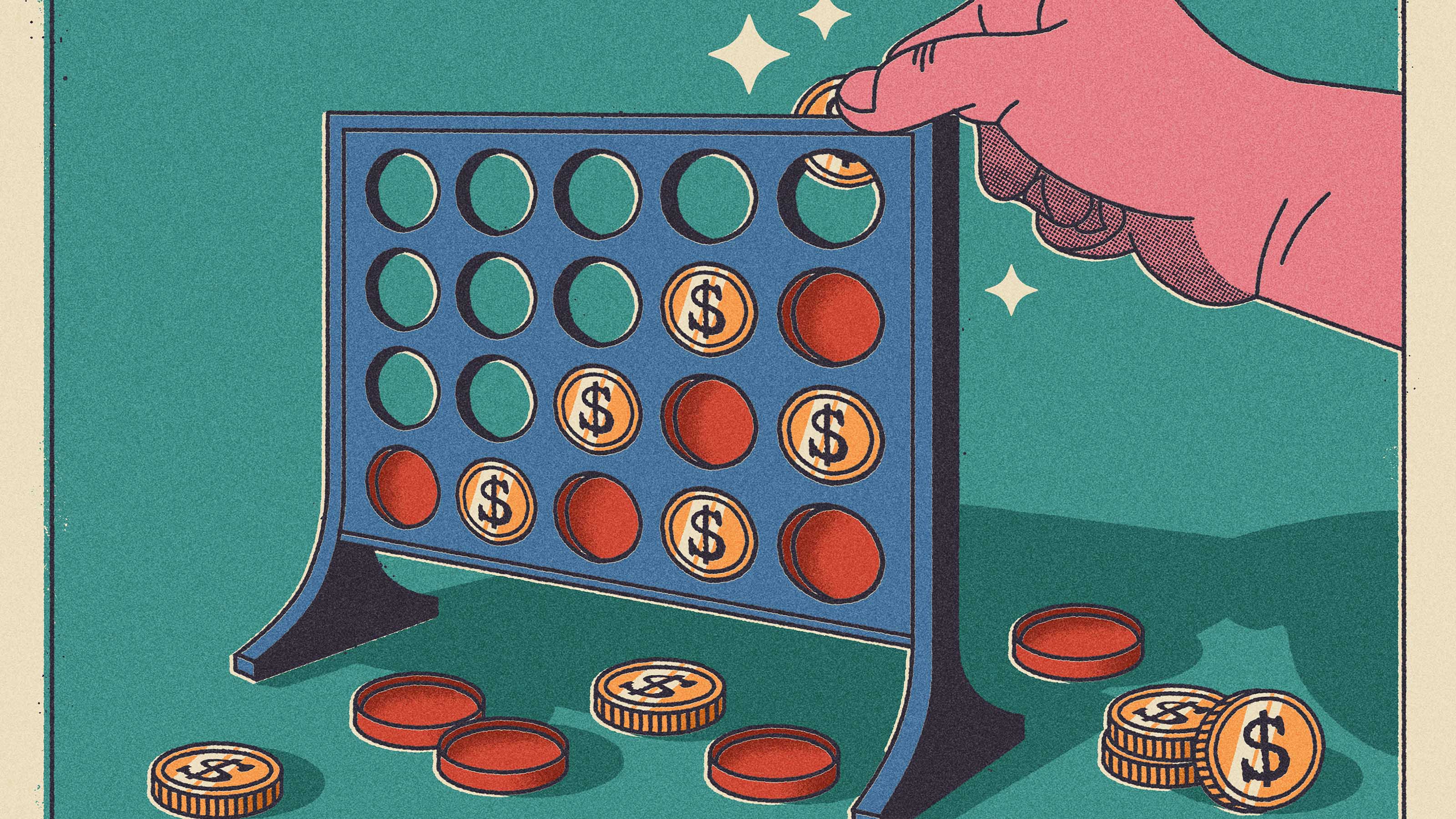Time to Consider Foreign Bonds
In 2023, foreign bonds deserve a place on the fringes of a total-return-oriented fixed-income portfolio.


I normally dismiss foreign bonds and bond funds, whether denominated in U.S. dollars or in native currencies. Looking back five years through March 3, which allows for events besides the COVID lockdowns and war in Ukraine, the broad Standard & Poor's international aggregate investment-grade index (covering developed markets) lost an annualized 2.2%, in U.S. dollars. Even counting 2022's catastrophe, S&P's U.S. aggregate bond index posted a 0.6% annual return – almost a three-point yearly advantage for staying home.
Sector and single-country comparisons do not change the narrative. Australia has a powerful export and commodity economy and relatively high bond yields – yet its corporate bonds are also 2% a year in the red since 2018, in U.S. terms.
The closed-end Aberdeen Asia-Pacific Income Fund (FAX), which glittered from the 1990s to about 2013, is off 1.8% a year for five years and languishes at 14% below its net asset value. In its heyday, this fund commanded a premium.

Sign up for Kiplinger’s Free E-Newsletters
Profit and prosper with the best of expert advice on investing, taxes, retirement, personal finance and more - straight to your e-mail.
Profit and prosper with the best of expert advice - straight to your e-mail.
Much of this reflects the muscular U.S. dollar, down slightly from its late-2022 peak but nearly 50% stronger (measuring by DXY, the U.S. Dollar Index) than it was five years ago. During this time, much of the world grew slowly, if at all, and often resorted to negative interest rates. You do not need a Ph.D. in economics to understand the folly of buying bonds from foreign countries with falling currencies and zero or negative yields.
Sniffing out bargains in foreign bonds
And yet, as we often see in stocks and real estate, bargain hunters sense opportunity in unlikely places. Hence the signs of a rally in overseas debt. I call it a bounce rather than a sustainable trend.
Once the U.S. inflation rate recedes closer to 3% (according to the gauges eyed by bond traders, rather than the consumer price index, which is distorted by rent and gasoline), domestic bond prices will boom. I advise patience and reinvestment into funds that invest in corporate IOUs rated A and BBB, high-yield bonds, and municipals.
But in 2023, and perhaps into next year, international bonds deserve a place on the fringes of a total-return-oriented fixed-income portfolio. The reasons include Europe's apparent victory over the Russian gas embargo, the absence of the supposed global recession, the retreat in the dollar, China's reopening, expectations of better European growth and, most compelling of all, the end of those ridiculous negative interest rates.
Consequently, for the first 10 weeks of 2023, scores of big foreign bond funds are in the green, including Pimco International Bond (PFOAX), up 1.1%, and Vanguard Total International Bond Index (VTIBX), ahead 0.88%. That isn't world-changing, but the last time the Vanguard fund had a good run was in 2019. The Pimco fund is actively managed and more creative, which means it can get into trouble, but that is also why I prefer it to the giant Vanguard index fund.
Pimco pays more – the current yield is 2.7% – and it has dozens of eyes and ears all over the world, which allows it to go in on securities you do not find in indexes, such as mortgages with wide spreads and undervalued corporate bonds in various countries. If you are going to take a plunge in these waters, seek more adventures rather than fewer. That Aberdeen closed-end fund mentioned above is up almost 6% this year. (Funds I like are in bold; you can skip the sales fee on load funds on some brokerage platforms.)
Some of the highest year-to-date returns in this category are from emerging-markets funds that buy bonds in local currencies. That gives you maximum upside when Asian and Latin American currencies gain on the dollar, which several have so far this year. (Note that most major-market international bond funds hedge the dollar.)
If you are game to speculate, Invesco Emerging Markets Local Debt (OEMAX) is up 2.8% so far in 2023 and distributes between 5% and 6% a year. It badly trails Aberdeen Asia-Pacific and Pimco's and Vanguard's broader, higher-quality international funds over the long haul. But every now and then, you can unexpectedly reel in a big fish. In 2016 and 2017, Invesco returned 12% and 15%. It is not impossible.
Get Kiplinger Today newsletter — free
Profit and prosper with the best of Kiplinger's advice on investing, taxes, retirement, personal finance and much more. Delivered daily. Enter your email in the box and click Sign Me Up.

-
 6 Stunning Waterfront Homes for Sale Around the US
6 Stunning Waterfront Homes for Sale Around the USFrom private peninsulas to lakes, bayous and beyond, Kiplinger's "Listed" series brings you another selection of dream homes for sale on the waterfront.
By Charlotte Gorbold Published
-
 Six Reasons to Disinherit Someone and How to Do It
Six Reasons to Disinherit Someone and How to Do ItWhether you're navigating a second marriage, dealing with an estranged relative or leaving your assets to charity, there are reasons to disinherit someone. Here's how.
By Donna LeValley Published
-
 Dividends Are in a Rut
Dividends Are in a RutDividends may be going through a rough patch, but income investors should exercise patience.
By Jeffrey R. Kosnett Published
-
 Municipal Bonds Stand Firm
Municipal Bonds Stand FirmIf you have the cash to invest, municipal bonds are a worthy alternative to CDs or Treasuries – even as they stare down credit-market Armageddon.
By Jeffrey R. Kosnett Published
-
 High Yields From High-Rate Lenders
High Yields From High-Rate LendersInvestors seeking out high yields can find them in high-rate lenders, non-bank lenders and a few financial REITs.
By Jeffrey R. Kosnett Published
-
 The 5 Safest Vanguard Funds to Own in a Volatile Market
The 5 Safest Vanguard Funds to Own in a Volatile Marketrecession The safest Vanguard funds can help prepare investors for continued market tumult, but without high fees.
By Kyle Woodley Last updated
-
 5 of the Best Preferred Stock ETFs for High and Stable Dividends
5 of the Best Preferred Stock ETFs for High and Stable DividendsETFs The best preferred stock ETFs allow you to reduce your risk by investing in baskets of preferred stocks.
By Kyle Woodley Last updated
-
 The Current I-Bond Rate Until May Is Mildly Attractive. Here's Why.
The Current I-Bond Rate Until May Is Mildly Attractive. Here's Why.Investing for Income The current I-bond rate is active until November 2024 and presents an attractive value, if not as attractive as in the recent past.
By David Muhlbaum Last updated
-
 4 Steps for Managing Income Withdrawals in Retirement
4 Steps for Managing Income Withdrawals in RetirementInvesting for Income How Roth IRA conversions can help you minimize your taxes in retirement, extending the life of your savings.
By Kyle Hammerschmidt, Investment Adviser Published
-
 Taxable or Tax-Deferred Account: How to Pick
Taxable or Tax-Deferred Account: How to PickInvesting for Income Use our guide to decide which assets belong in a taxable account and which go into a tax-advantaged account.
By Nellie S. Huang Published